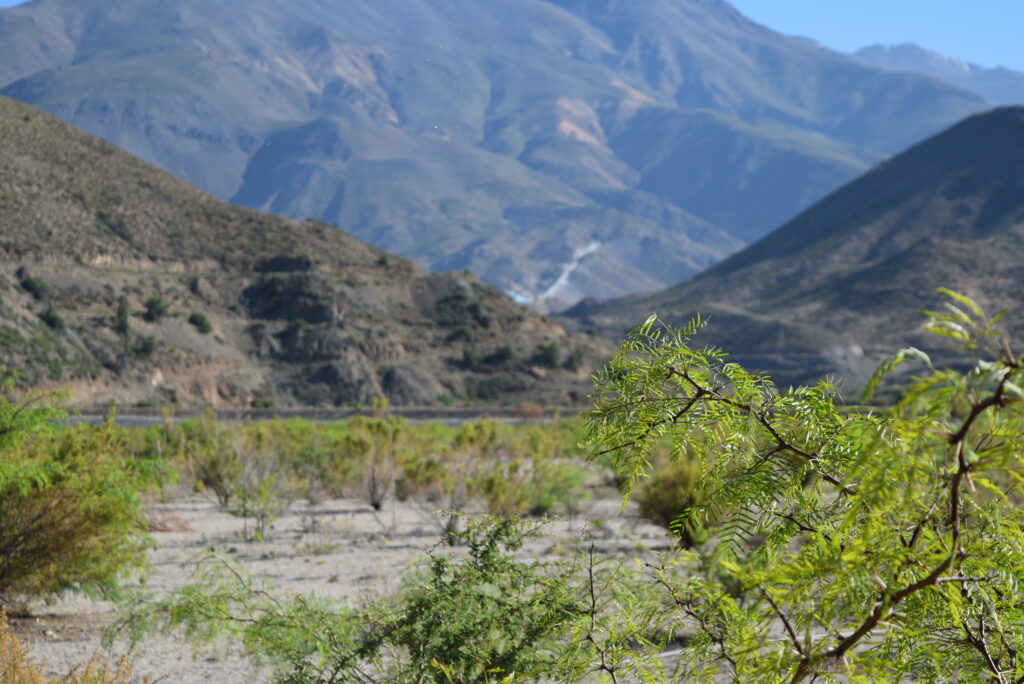

I got the third chapter of my PhD finally published in the International Journal of Phytoremediation and would like to share some highlights of that work.
In that study, we surveyed professional stakeholders in Chile about the use of native plants as an additional stabilization method for tailings. There was consensus in the openness to adopt this practice if more studies with native plants were developed, properly communicated, and funded.
Link to the paper
The maintenance of tailings in Chile has been conducted exclusively with chemical and physical stabilization methods. However, one additional solution to tailings management is establishing metal-tolerant plants that can sequester metals (that can reduce mobilization through the soil or allow the harvesting of aboveground tissues), a biotechnology coined Phytoremediation.
Phytoremediation with native plants may be particularly useful for restoring abandoned tailings, some of which are many decades old, and projects that meaningfully involve local communities are more likely to lead to success.
Currently, the damage caused by mining is not reversible, and with increased activity following the nascent energy transition, more innovation is urgently required.
In the paper, we share details about the volume of tailings and flag some issues about their design (especially older/abandoned tailings). We also elaborate on Chile’s seismicity and the extreme weather events expected to increase due to the Climate Emergency.
Chile has a wide range of plants proven suitable for Phytoremediation (studies listed in the paper), and many more are yet to be assessed.
As context, an average of 537 million tonnes of tailings are deposited in Chile every year, and at least 915 million tonnes are projected for 2026.
Most of the 750 tailings across the landscape today are mainly concentrated in the country’s north, from Antofagasta to the Metropolitan Region. And up to 2020, 112 tailings were active, 173 abandoned, and 467 inactive, while five were under construction.
However, the volume of tailings cannot be accounted for by a mere tally of sites, as these installations vary in size (many are massive) and other risk factors. Four municipalities hold more than half of the total tonnage of tailings present in Chile (Antofagasta, Calama, Alhué, and Pica).
Chile has the potential to be a pioneering country in tailings restoration and could inform the design and maintenance of new tailing facilities worldwide. It seems that Chile has a tremendous opportunity to establish a National Plan of restoration for abandoned tailings, with 173 deposits to date.